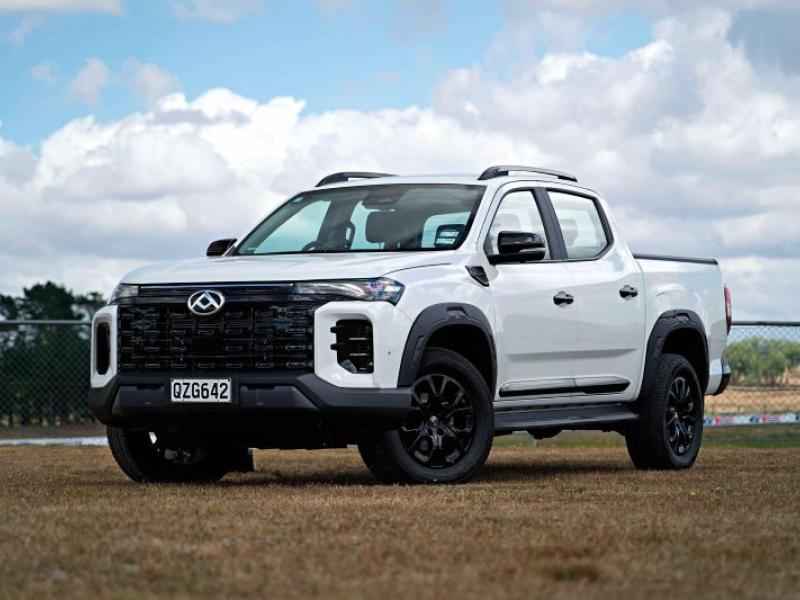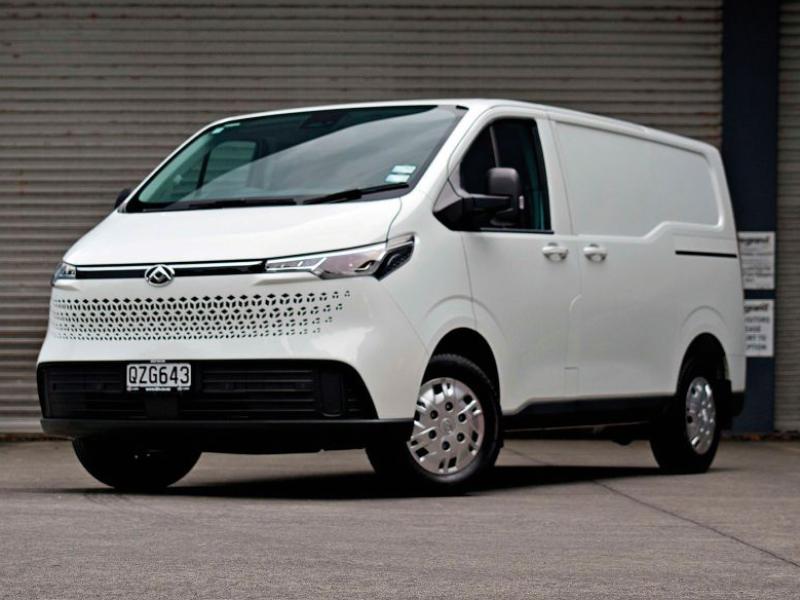While the Ute Buyers Guide obviously focuses on the big movers in the New Zealand market, namely the 4WD double cabbers, we would be remiss to ignore the utes with 2WD capability.
There are less brands represented in the 2WD sector resulting in fewer registrations, though the big players in 2WD-land deliver big numbers on a year-to-date basis.
This combination of fewer brands but bigger numbers makes market analysis a very easy task, with market leadership clearly defined by a significant top three as at April registration figures:
• Ford Ranger with 1168 units registered gave a 43.4 percent market share.
• Toyota HiLux with 773 units registered gave a 28.7 percent market share.
• Mitsubishi Triton with 275 units registered gave a 10.2 percent market share.
Below these, Nissan Navara and Isuzu D-Max duke it out for the third and fourth spots; Nissan edging out the Isuzu, while Mazda’s recently introduced BT-50 2WD leads the sub-two percenters with LDV ET60 and Great Wall’s Cannon rounding out the 2WD segment of the market.
And no doubt there may be some readers wondering why you would bother with a 2WD ute. The answer is surprisingly simple, if multi-layered.
Looking at a Toyota HiLux manual double cab for example:
The 2WD has a kerb weight of 1975kg, while the 4WD is up at 2110kg – that’s about 135kg more.
On factory figures, the 2WD uses about 8.2 litres of diesel per 100km while the 4WD goes through 8.5 litres for every 100km.
This equates to about $3070 spent on fuel per year for a 2WD, while the 4 paw runs $3150, approximately $80 more.
As to CO2, the 2WD emits 216gm/km of CO2 while a 4WD puts out 238gm/km.
Both vehicles run the same engine, a manual transmission, tow the same amount and are pretty much lineball for spec between the 4WD and its equivalent 2WD model.
So, if you don’t need the ability to go into the Boonies on a regular basis, you might want to ask if a 4W drivetrain is one of those spends you need to make or would a 2WD be a better bet?
In terms of the actual driveability, this is largely subjective. We do ask manufacturers to supply 2WD and 4WD utes for evaluation and have found that 2WD versions of utility vehicles – like for like in their specification levels – are often easier and more pleasant to drive on road.
While the top three utes are clearly the ones most would turn to when it comes to finding a 2WD of choice, it is the Isuzu D-Max and the BT-50 which are the more intriguing, especially this year.
These brands have introduced 2WD utes with smaller displacement engines to counter the CO2 emission carbon taxes the respective brands would face were it not for the improved emissions of the 1.9-litre, four-cylinder 2WDs.
This may have been the primary rationale for introducing 2WDs, but it is interesting to note that the positive uptake of 2WD vehicles bearing the Mazda and Isuzu badges came as something of a surprise to their distributors.
Despite a reduction in numbers from 2022, the 2WD models from these two manufacturers suggest 2WDs are still a viable and valid vehicle for our market.
As a further demonstration of this, look to the two top players: Ford’s 2WD Ranger went from 27.6 percent share in 2022 to 43.4 percent share in 2023.
Toyota’s 2WD HiLux went from 20.2 percent to 28.7 percent and we take into consideration 2023’s bounce back from Covid disruptions, microchip shortages, globally constrained stock supply and the gouging of shipping costs – but even so, 2WDs were and still are, a significant part of the auto landscape.
There is another reason as to why the 2WD light commercial vehicle segment is of specific interest in 2023 – it’s the only place you’ll find an electric ute.
LDV’s ET60 remains the only game in town for those wanting a double cab utility which doesn’t leave a diesel-lined tyre track and it looks to be on very solid ground by itself for quite some time with even Ford, Toyota and Mitsubishi’s electrification programmes grinding to a significant slowdown when it comes to ‘powering up’ utility vehicles.
The question of relevance when it comes to the 2WD utility then, is answered largely by the numbers, but may also be answered by environmental pressures.
Utility vehicles have their place, but how can we make them ecologically sound? Perhaps EV technology will do it, but if not, perhaps careful consideration on the part of the end user will.






